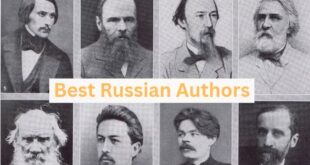Biography of George Eliot
was George Eliot Jewish?
George Eliot’s interest in and portrayal of Jewish characters in her novel “Daniel Deronda” have led to some misconceptions about her own background. “Daniel Deronda,” published in 1876, is a significant work that presents a sympathetic and knowledgeable portrait of Jewish characters and culture. The novel explores the lives of two main characters, Daniel Deronda and Gwendolen Harleth, and delves into themes of identity, cultural heritage, and the emerging Zionist movement.
In “Daniel Deronda,” Eliot introduces Mordecai Cohen, a visionary and enthusiastic Zionist, through whom she explores the idea of a Jewish homeland and the return to the Land of Israel. Despite her thorough and empathetic depiction of Jewish characters in the novel, it’s crucial to note that George Eliot herself was not Jewish.
Eliot’s fascination with Jewish culture and her portrayal of Jewish characters in “Daniel Deronda” was part of her broader intellectual exploration and commitment to presenting a more nuanced and inclusive view of society. The novel challenged prevailing stereotypes and prejudices against Jews that were common in Victorian literature.
While “Daniel Deronda” is a testament to George Eliot’s ability to transcend societal norms and offer a more sympathetic portrayal of minority groups, it does not alter the fact that she, herself, was not of Jewish heritage. George Eliot passed away on December 22, 1880, leaving behind a literary legacy that continues to be celebrated for its depth, insight, and contributions to the Victorian novel.
